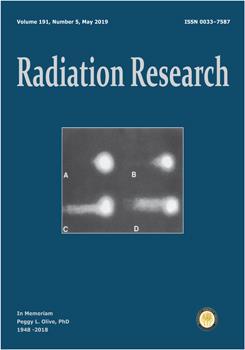In this study, the behavior dynamics of Zirconium-89 (89Zr)-labeled monoclonal antibodies (MAbs) after injection into the human body were modeled. This modified biokinetic model can be used for dose assessment, not only for 89Zr-labeled MAb tumor visualization, but also for diagnostic and therapeutic radiation with MAb labeled with other radionuclides. A modified biokinetic model was created based on experimental data from previously published studies. Cumulative 89Zr activity in organs and tissues per Bq of administered activity was calculated using the WinAct program. For most organs receiving the highest radiation dose, average absorbed doses were estimated using IDAC version 2.1 software. The results from the modeled calculations were compared with recently published results from studies of real patients. The calculations revealed that organs with the highest dose were the spleen, liver, kidneys and red bone marrow, at 1.54, 1.33, 0.81 and 0.82 mGy/MBq, respectively. In the modified biokinetic model, with MAb injection, organs exhibiting the highest dose were liver, heart wall, spleen, red bone marrow and pancreas, at 1.05, 0.93, 0.79, 0.69 and 0.67 mGy/MBq, respectively.
Zakaly, H. M. H., Mostafa, M. Y. A. and Zhukovsky, M. Dosimetry Assessment of Injected 89Zr-Labeled Monoclonal Antibodies in Humans. Radiat. Res. 191, 466–474 (2019).





